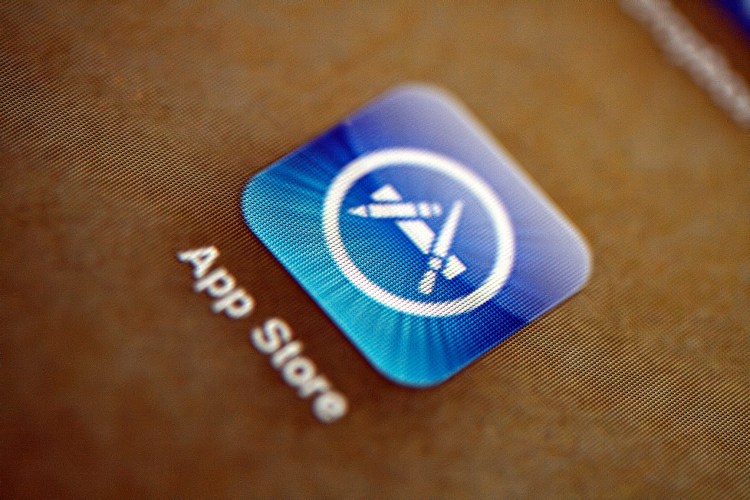Apple’s long-promised and long-awaited search ads are finally here — or almost here. And they’re going to be tremendously important for app publishers and marketers, since 65-80 percent of all app installs happen after a search on either the App Store or Google Play.
 But not everything works the way app publishers might think.
But not everything works the way app publishers might think.
At a basic level, Apple’s new app search ads work fairly similarly to Google’s AdWords. As you’d expect, Apple is using the technology for its now-shuttered Apple iAd network for these units. And also as you’d expect, Apple’s App Store search engine determines how relevant your ad is to what someone is searching for, and shows the ad if it matches. Higher matches will show before your ad shows, and higher bids will show before lower bids, assuming all else is roughly equal.
However, there are at least three key things for mobile marketers to keep in mind.
June 5th: The AI Audit in NYC
Join us next week in NYC to engage with top executive leaders, delving into strategies for auditing AI models to ensure fairness, optimal performance, and ethical compliance across diverse organizations. Secure your attendance for this exclusive invite-only event.
One, relevance seems to be more important to Apple than the amount you’re willing to bid. Not shockingly, Apple is very concerned about user experience, and irrelevant ads are a bad experience. If people don’t find your ad or your app appealing and don’t click on it, Apple will stop showing your ad, regardless of your bid.
 Two, a major difference from most advertising experiences that marketers are familiar with is that the only creative you can use is material Apple has already approved in your app listing on the App Store. You cannot create and upload new ads, images, or copy, which means that if you want to change your ads, you need to update your actual app name, screenshots, video, or description.
Two, a major difference from most advertising experiences that marketers are familiar with is that the only creative you can use is material Apple has already approved in your app listing on the App Store. You cannot create and upload new ads, images, or copy, which means that if you want to change your ads, you need to update your actual app name, screenshots, video, or description.
This is part of how Apple is attempting to maintain quality and relevance of experience: relying on the App Store approval process to essentially also be the ad approval process.
Three, Apple provides data to advertisers that includes the keywords that people searched on before clicking on their ads, which will help app publishers understand their potential users better. This is data that iOS app marketers have never received before, and it’s incredibly helpful in determining what potential users you are attracting.
In fact, getting access to this data is probably reason enough to run at least some low-level paid user acquisition campaigns with Apple.
There’s actually one more big thing Apple is revealing now.
For the first time ever, Apple is now providing data that indicates keyword popularity. This is tremendously important for mobile marketers because it tells you what keywords to focus on when improving your App Store optimization. Focusing on keywords that 10 people search for is clearly a bad idea if you could focus on keywords that 10 million people search for.

